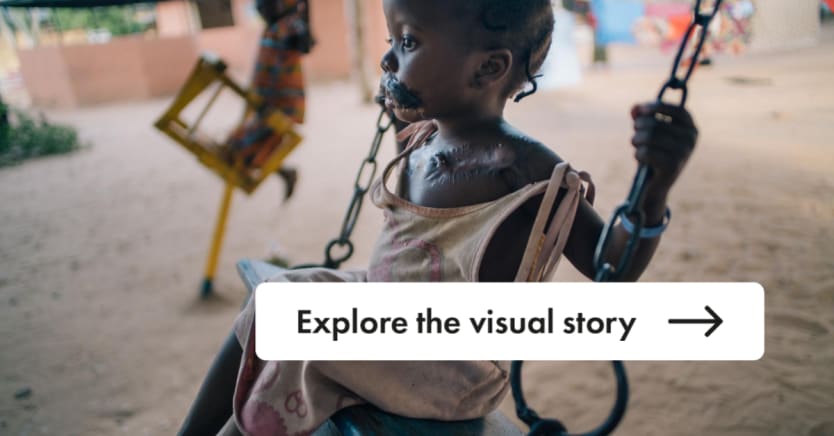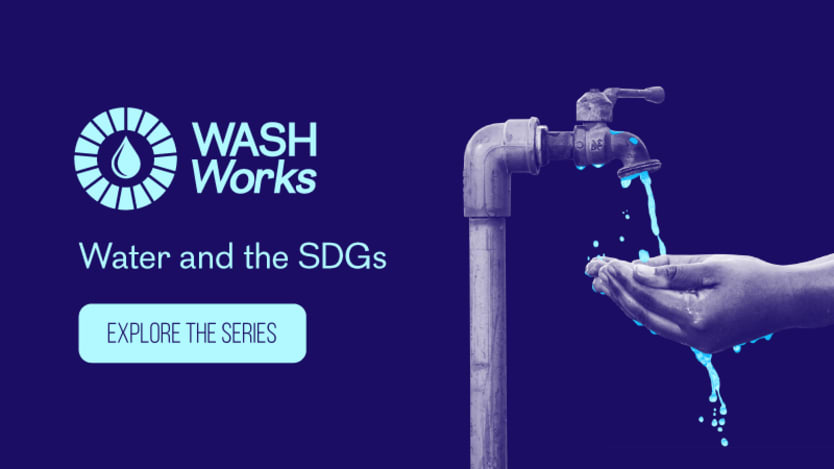
In the Noma Children Hospital in Sokoto, in northwest Nigeria, Mulikat Okanlawon, a hygiene officer, spends her days caring for patients. Many are recovering from reconstructive facial surgery, others are waiting, hoping that their being there marks the start of the road to recovery from a devastating disease.
Noma is a facial gangrene infection that attacks facial tissue and bone before killing around 90% of its victims within a few weeks. Although data is scarce, it’s estimated that the annual global incidence sits between 30,000 and 40,000, the majority of which are in sub-Saharan Africa and in children between the ages of 2 and 6.
Malnutrition, extreme poverty, and poor access to water, sanitation, and hygiene create prime conditions for noma, meaning people from lower-income and remote communities are disproportionately affected.
Those lucky enough to reach a health care facility and receive a correct diagnosis can be treated through wound dressing, improved hygiene and nutrition, and a combination of antibiotics. Yet, often they are left with facial deformities that can cause lifelong difficulties in eating, speaking, and breathing.
Devex takes a look at the work being done to tackle noma and the barriers sitting in the way of adequate treatment, diagnosis, and care.
Access this visual story and Join Devex as we explore the efforts being made to tackle what’s known as one of the world’s neglected of the neglected diseases.
Visit the WASH Works series for more coverage on water, sanitation, and hygiene — and importantly, how WASH efforts intersect with other development challenges. You can join the conversation using the hashtag #WASHWorks.

